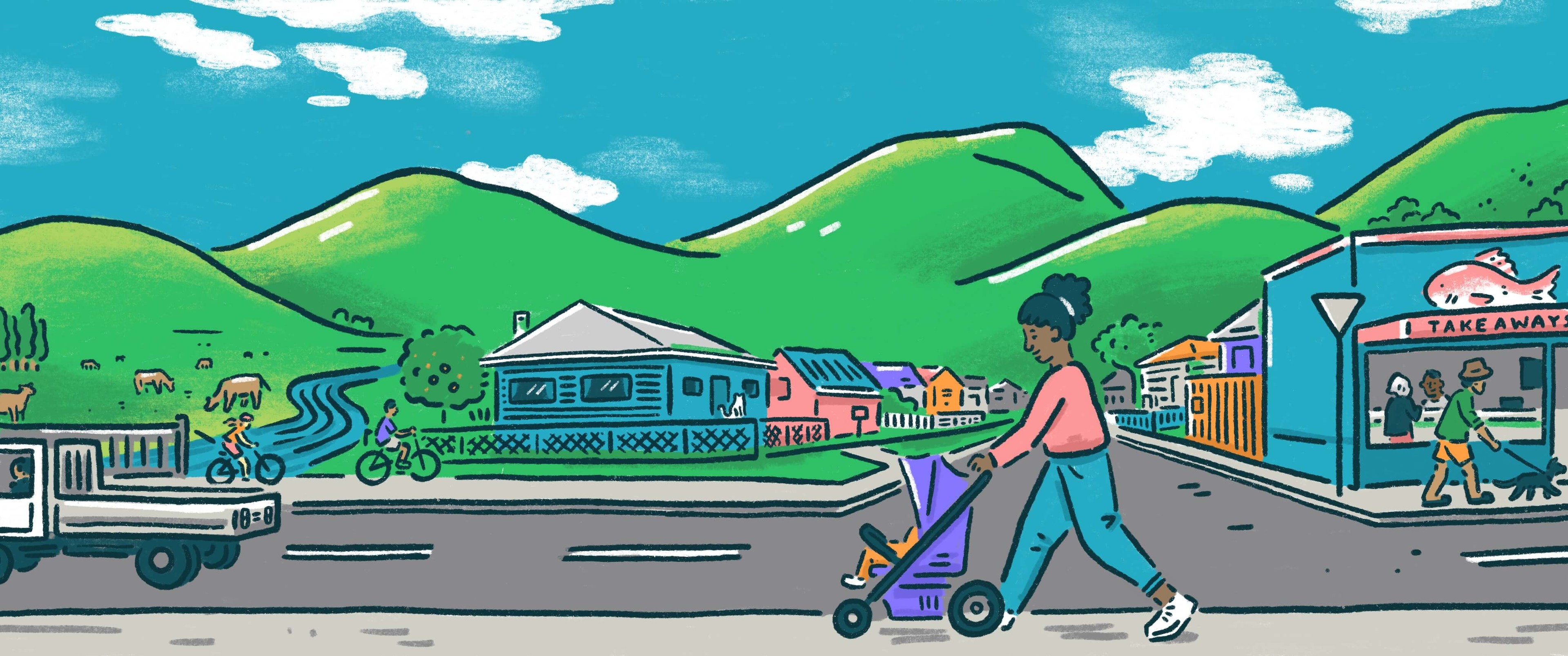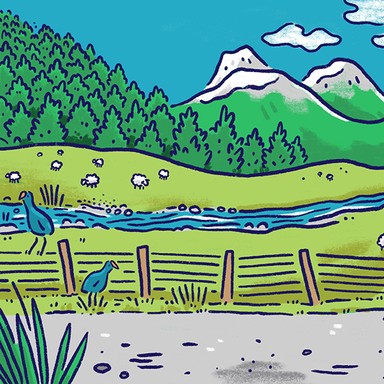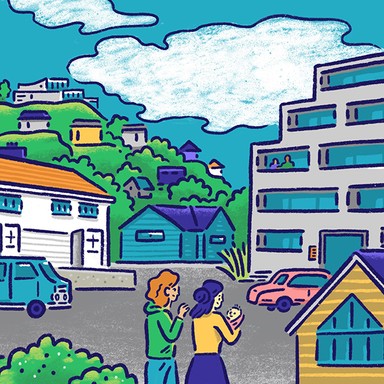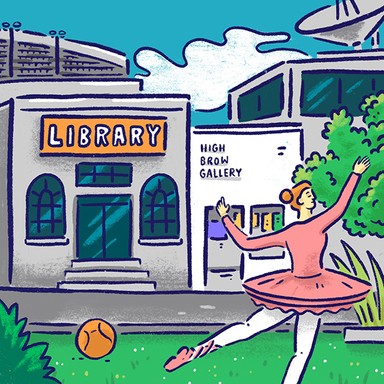
Western Bay of Plenty District Council

Transport
Helping communities get from A to B is a key responsibility of local government, from making sure the buses run on time to providing car parking and walking and cycling paths. Whether public transport is the responsibility of the regional or local council depends on where you are in the country. Local councils also own 87% of New Zealand’s roads.

Transport
Helping communities get from A to B is a key responsibility of local government, from making sure the buses run on time to providing car parking and walking and cycling paths. Whether public transport is the responsibility of the regional or local council depends on where you are in the country. Local councils also own 87% of New Zealand’s roads.
Cycle lanes: serving predominantly as recreational, not functional for transportation in everyday lives of Western Bay of Plenty people, certainly not rural.
Upgrade buses to better serve all communities. Currently not best functioning for Western Bay of Plenty residents. Rurally, it is totally impractical.
Poll Western Bay of Plenty residents for their opinion on traffic congestion and better ways of moving around the region which would work for them.
Develop public transport options that are more practical, eg smaller buses.
Ensure that TNL does not stop at Te Puna but that second stage is completed to Omokoroa. Hasten completion of B to B and Tauriko improvement.
Maximise the amount of freight carried by rail. This would be of significant advantage to our roading network.
Work with central government to minimise traffic congestion, that will in turn lower our road safety fatalities.
Develop access roads to community services.
Increase the frequency of public transport making it attractive to new users and viable with a different vehicle mode.
Reduce traffic congestion in Te Puke by building a new in/out road from the new Pāpāmoa East Interchange to Collins Lane or Seddon St.
Implement plans to reduce congestion coming into Te Puke by creating new slip lanes and connections that allow traffic to disperse easier.
Establish new urban cycle connections within Te Puke to enable safer cycling for school kids and work commuters as well as recreational use.
Work with with council to create a bypass in Te Puke.
Create and enable more walkway and cycle ways linking the district and urban areas. Reduce vehicles on roads.
Work towards better public transport. More buses and times to travel. Standards on bus shelters and lighting.
Cycle lanes: serving predominantly as recreational, not functional for transportation in everyday lives of Western Bay of Plenty people, certainly not rural.
Upgrade buses to better serve all communities. Currently not best functioning for Western Bay of Plenty residents. Rurally, it is totally impractical.
Poll Western Bay of Plenty residents for their opinion on traffic congestion and better ways of moving around the region which would work for them.
Develop public transport options that are more practical, eg smaller buses.
Ensure that TNL does not stop at Te Puna but that second stage is completed to Omokoroa. Hasten completion of B to B and Tauriko improvement.
Maximise the amount of freight carried by rail. This would be of significant advantage to our roading network.
Work with central government to minimise traffic congestion, that will in turn lower our road safety fatalities.
Develop access roads to community services.
Increase the frequency of public transport making it attractive to new users and viable with a different vehicle mode.
Reduce traffic congestion in Te Puke by building a new in/out road from the new Pāpāmoa East Interchange to Collins Lane or Seddon St.
Implement plans to reduce congestion coming into Te Puke by creating new slip lanes and connections that allow traffic to disperse easier.
Establish new urban cycle connections within Te Puke to enable safer cycling for school kids and work commuters as well as recreational use.
Work with with council to create a bypass in Te Puke.
Create and enable more walkway and cycle ways linking the district and urban areas. Reduce vehicles on roads.
Work towards better public transport. More buses and times to travel. Standards on bus shelters and lighting.
Mayor
Compare the mayoral candidates in your area
Local council
Compare the candidates for your city or district council
Regional council
Compare the candidates for your regional council
Local board
Compare the candidates for your local or community board







